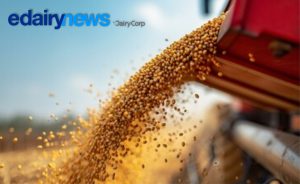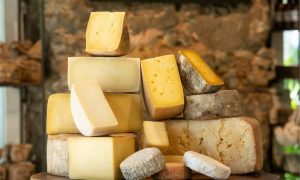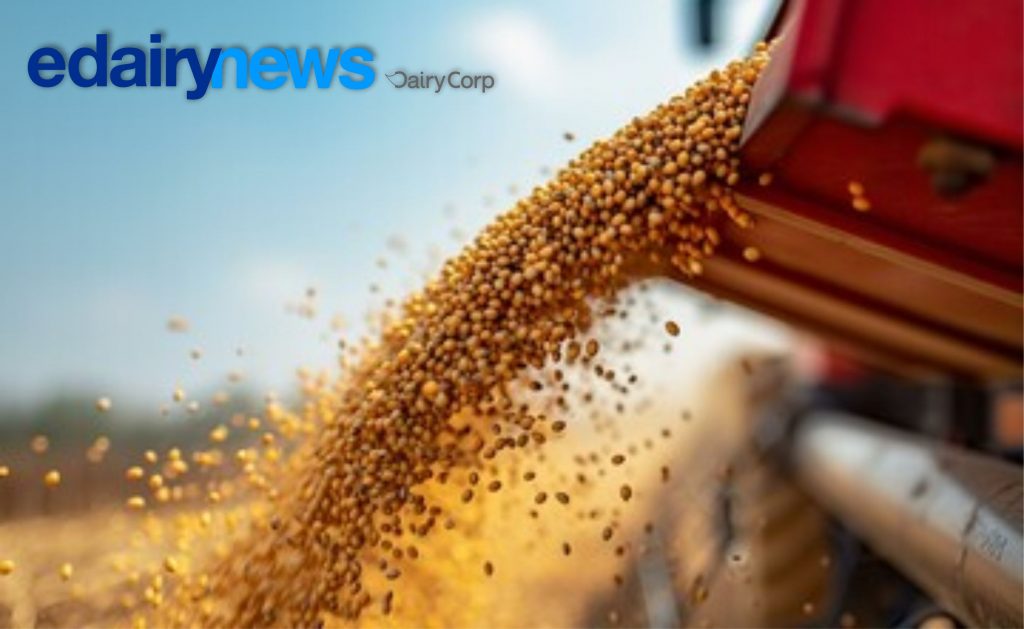Dairy is notoriously price inelastic, meaning that small changes in demand or supply can cause large price movements, Peter Vitaliano, chief economist for National Milk Producers Federation, said in the latest “Dairy Defined” podcast.
“We’ve seen over the last several months an unprecedented series of major changes in both supply and demand that have whipsawed prices both down and up,” he said.
Prices are now heading back down again, obeying the laws of supply and demand, he said.
The start of the pandemic brought a sudden loss of demand, particularly from foodservice as consumers shifted away from restaurants, shopped more at supermarkets and ate at home, he said.
“But the increase in retail sales did not overcome the loss of foodservice sales,” causing prices to drop, he said.
That lost demand happened at the same time dairy farmers were expanding milk production, further depressing prices, he said.
Dairy cooperatives and farmers responded quickly with significantly lower production. At the same time, the federal government stepped in with large-scale purchases of dairy products, expanding demand and sending prices upward.
A second wave of the pandemic is now starting to affect foodservice again. Government purchases are continuing but not with the same initial rush. Farmers are starting to expand milk production, and some of the supply measures are coming off, he said.
Now schools are looking at not reopening fully in person. That’s casting an additional negative on the situation as school milk purchases will likely be smaller than normal, he said.
“So the bottom line is we have seen … record-high monthly increases (and) monthly high record decreases in a number of the major pricing categories,” he said.
Cheese has been the main product that has seen extremes in pricing, and it’s affected the protein component and Class III prices in federal orders and the all-milk price for dairy farmers, he said.
“All of those measures have shown record drops and record increases in recent months. So it has been indeed a roller coaster,” he said. “We’re getting a crash course in how supply and demand works in the dairy industry this year for sure.”













